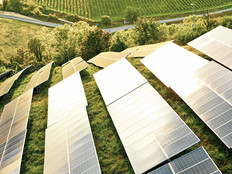Robots Could Make Their Way to Governments
Robotics holds high potential for defense and intelligence, public safety, agriculture, environmental protection and public transportation, according to recent research from IDC Government Insights. Applying autonomous or semiautonomous machines can boost the safety, precision and efficiency of government services.
“Governments will soon start to include in their technology roadmap key milestones of collaboration with academia and industry and will continue to invest in R&D to build robots that, in 15 to 20 years, can step into a world built for humans and perform a variety of tasks, from routine ones to lifesaving ones, in dangerous and hazardous situations,” said Massimiliano Claps, associate vice president for IDC Government Insights. “IDC TechScape: Robotics in Government, 2015” covers five broad categories of robots:
- Unmanned aerial vehicles: Known as unmanned aerial systems or drones
- Autonomous vehicles: Autonomous and semiautonomous cars, trucks, trains, boats and other self-moving vehicles
- Unmanned underwater vehicles: Underwater machines controlled either autonomously by onboard computers or by the remote control of a pilot
- Exoskeletons, also known as exoframes or exosuits: Mobile machines consisting of an outer framework, worn by a person, and powered by a system of motors that enhance the wearer’s strength or endurance
- Humanoid robots: Autonomous or semiautonomous machines whose shape, or part of it, is built to resemble the human body and replicate its functions






